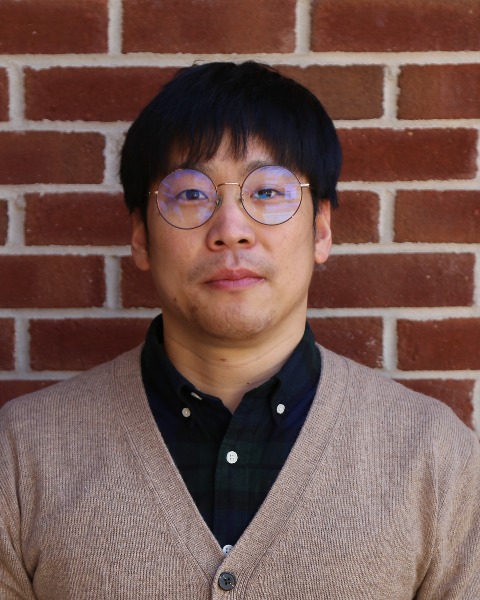General Pharmacometrics
(W-091) Characterization of the Effect of Biofilm Formation on the Antimicrobial Activity of Tigecycline against M. abscessus using a Hollow Fiber Infection Model and Pharmacokinetic/Pharmacodynamic Modeling
Wednesday, November 13, 2024
7:00 AM - 1:45 PM MST
Mercedes Gonzalez-Juarrero, PhD – Professor, Department of Microbiology, Immunology and Pathology, Colorado State University; Anthony Hickey, PhD – Distinguished Fellow, Technology Advancement and Commercialization, RTI International; Bernd Meibohm, PhD – Professor, Department of Pharmaceutical Sciences, College of Pharmacy, University of Tennessee Health Science Center

Hyunseo Park, MS
PhD Student
UTHSC, College of Pharmacy, Tennessee, United States
Author(s)
Disclosure(s):
Hyunseo Park, MS: No financial relationships to disclose
Objectives: Mycobacterium abscessus (Mab) infections have been associated with high fatality rates in cystic fibrosis patients, due to its inherent drug-resistance and biofilm (BF) formation that attenuate drug sensitivity. Therefore, it is crucial to characterize the impact of drug resistance and BF formation on the pharmacological profile of antibiotics to improve therapeutic outcomes. Here, we aimed to define the exposure-response relationship for tigecycline (TGC) in Mab therapy and simultaneously evaluate BF and resistance effects on treatment outcomes using a Hollow Fiber Infection Model (HFIM) combined with PK/PD modeling.
Method: Dynamic time-kill assays were conducted using HFIM to simulate diverse exposure scenarios mimicking in vivo lung PK profiles obtained after intrapulmonary aerosol (IPA) administration of TGC in mice. Treatment-dependent changes in minimum inhibitory concentration (MIC) was assessed and incorporated into a PK/PD model to describe potency against less susceptible species. To assess BF formation and its effect on TGC permeability, Mab was incubated in Transwell plates to induce BF formation, and TGC transfer through BF was measured. Based on the PK/PD data, a mathematical model was developed to reflect TGC’s effect on bacterial growth and transition of Mab to less susceptible populations. In vitro BF formation and its effect on TGC permeability were then integrated into the model to comprehensively represent TGC's pharmacological activity against Mab. The model was utilized to simulate the lowest effective dose, followed by a global sensitivity analysis to assess the importance of each model parameter.
Results: High exposure to TGC effectively eradicated Mab, but the pattern and time course of bacterial resistance development depended on the dosage regimen when exposure was insufficient for complete bacterial killing. The PK/PD model based on the in vitro dynamic time-kill assay was able to capture multiple factors, including dose-dependent bacterial killing, transition to less susceptible populations, BF formation and related changes in permeability, all of which can influence antibacterial activity of TGC. Model-based simulations suggested that at least 3,300 µg would be required to fully eradicate Mab in HFIM, which is comparable to 55 mg/kg once daily by IPA in vivo in mice. GSA highlighted that factors such as 1) bacterial growth rate and maximal burden, 2) drug efficacy and potency for less susceptible populations 3) Mab relocation and drug distribution to BF, and 4) BF formation rate are critical determinants of bacterial burden following TGC treatment.
Conclusions: A quantitative assessment of the impact of factors modulating the pathophysiological properties of Mab is expected to enhance our understanding of how Mab undermines antibacterial killing as well as TGC concentrations required to eliminate Mab from the infection site, ultimately contributing to the development of more efficacious treatment strategies.
Citations: [1] J Antimicrob Chemother 2020 Vol. 75 Issue 7 Pages 1889-1894
[2] Front Microbiol 2024 Vol. 15 Pages 1392606

